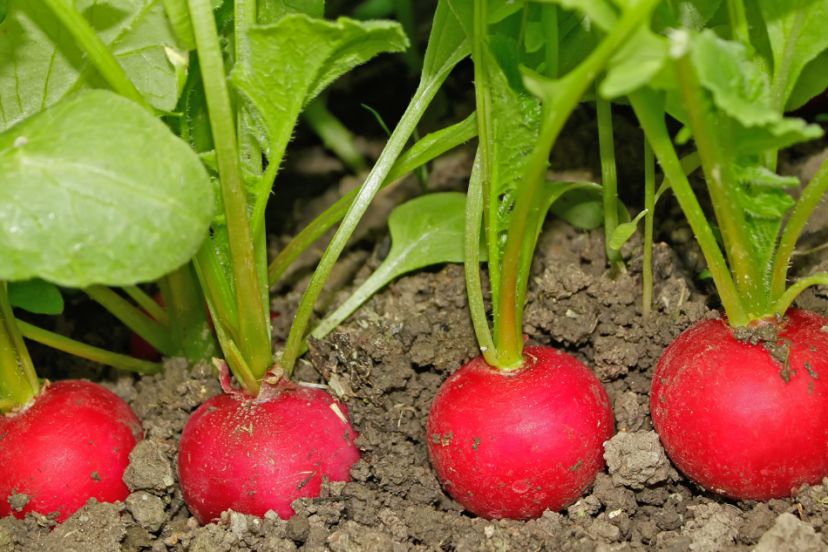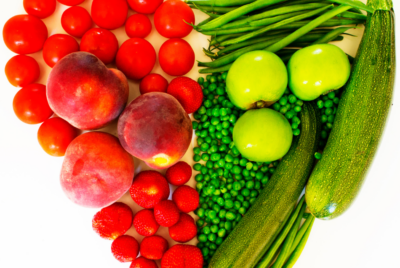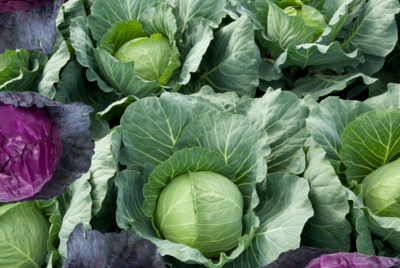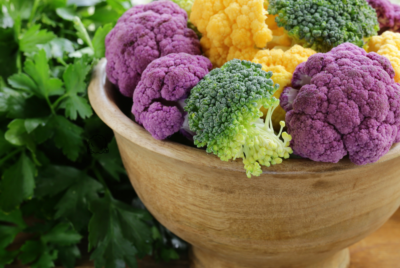Growing Radishes with Low Oxalate Vegetables
You may not realize that some vegetables can be high in oxalates, which can be harmful for those with certain health conditions. If you’re looking to maximize your garden space while still being conscious of oxalate levels, consider growing radishes with low oxalate vegetables. Radishes are quick-growing, low-maintenance vegetables that can be a perfect companion to your low-oxalate favorites like broccoli, lettuce, or cauliflower. Here are some helpful tips to get you started on your garden journey!
Key Takeaways:
- Companion Planting: Grow radishes alongside low-oxalate vegetables like lettuce, cucumbers, or peppers to optimize space in your garden.
- Fast-Growing: Radishes are quick to mature, allowing you to harvest them in as little as three weeks, making them a great addition to your garden.
- Soil Health: Radishes can help break up compacted soil, allowing better water and nutrient absorption for other vegetables in your garden.
- Protection Against Pests: Planting radishes alongside low-oxalate vegetables can help deter pests that may be attracted to your main crops.
- Succession Planting: Use radishes as a quick-growing crop in between slower-growing low-oxalate vegetables to maximize your garden’s productivity.

Choosing the Right Radish Variety
Understanding Radish Types
While growing radishes alongside low-oxalate vegetables, it’s important to understand the different types of radishes available. Each variety has its own unique flavor, appearance, and maturation time, so selecting the right type can make a big difference in your garden.
| Radish Type | Characteristics |
| Red Radishes | Round, peppery flavor, mature quickly |
| White Radishes | Milder flavor, cylindrical shape |
| French Breakfast Radishes | Oblong, mild taste with a hint of sweetness |
| Black Radishes | Spicy flavor, dark skin |
| Easter Egg Radishes | Multi-colored, mild flavor |
This variety allows you to experiment with different flavors and appearances in your garden.
Selecting Low-Oxalate Friendly Radishes
Right radish selection is crucial when incorporating low-oxalate vegetables in your garden. Types like French Breakfast Radishes and White Radishes are excellent choices as they have lower levels of oxalates compared to others. It’s important to consider not just the taste but also the oxalate content of the radish varieties you choose to plant alongside your other vegetables.
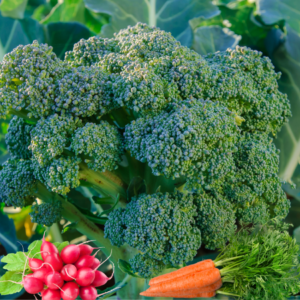
Preparing Your Garden Bed
Soil Considerations for Radishes and Low-Oxalate Veggies
The radishes and other low-oxalate vegetables thrive in well-draining soil rich in organic matter. Ensure your garden bed has a pH level between 6.0 and 7.0 for optimal growth. Regularly test the soil to maintain the right acidity levels.
Sunlight and Watering Requirements
Requirements for sunlight and watering are vital for the growth of your radishes and low-oxalate vegetables. Radishes need at least six hours of sunlight daily to develop properly. Adequate watering is crucial to prevent them from becoming woody or tasting bitter.
To ensure your radishes and low-oxalate veggies flourish, monitor the soil moisture regularly. Consistent watering is necessary, especially during hot summer months. Adjust watering frequency based on weather conditions to keep the soil consistently moist but not waterlogged.
Companion Planting Strategies
Benefits of Planting Radishes with Low-Oxalate Veggies
Companion planting radishes with low-oxalate vegetables can have several benefits. Radishes help repel pests like cucumber beetles while also attracting pollinators to your garden. Additionally, their quick growth can help shade the soil, preventing weeds from taking over.
Tips for Planting Radishes with Specific Low-Oxalate Vegetables
One great way to maximize your garden’s potential is by planting radishes alongside specific low-oxalate vegetables. Here are some tips to consider:
- Plant radishes next to broccoli and cauliflower to repel cabbage worms.
- Interplant radishes with spinach to maximize space and biodiversity.
- Consider planting radishes around carrots to break up the soil for easier carrot growth.
This will not only maximize your garden space but also improve the health and yield of your low-oxalate vegetables.
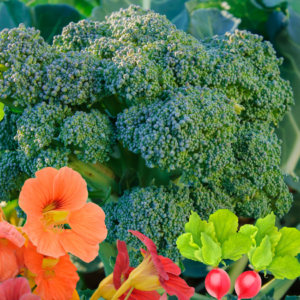
Conclusion on Growing Radishes with Low-Oxalate Vegetables
Drawing together the benefits of growing radishes alongside low-oxalate vegetables can enhance your gardening experience. By following these tips, you can enjoy a bountiful harvest while promoting healthy soil and plant growth. With a little planning and care, your garden will flourish with a diverse array of nutritious and delicious produce.
FAQ’s about Growing Radishes with Low-Oxalate Vegetables
Q: What are low-oxalate vegetables?
A: Low-oxalate vegetables are vegetables that contain lower levels of oxalates, which are naturally occurring compounds that can contribute to kidney stones and other health issues when consumed in large amounts.
Q: Why should I grow radishes alongside low-oxalate vegetables?
A: Radishes are quick-growing vegetables that can help to naturally break up the soil for low-oxalate vegetables, allowing for better water and nutrient absorption.
Q: Which low-oxalate vegetables are ideal to grow alongside radishes?
A: Some ideal low-oxalate vegetables to grow alongside radishes include cucumbers, lettuce, green beans, and zucchini.
Q: What are some tips for growing radishes alongside low-oxalate vegetables?
A: Ensure that the soil is well-draining, keep the plants well-watered, and provide adequate spacing between the radishes and other vegetables to allow for proper growth.
Q: Are there any benefits to growing radishes alongside low-oxalate vegetables?
A: Yes, growing radishes alongside low-oxalate vegetables can help to improve soil health, reduce pest problems, and increase overall yields in your garden.
Top Tips for Growing Peach Trees in Pots
Unlocking the Secret to Growing Fig Trees in Pots
Growing a Pomegranate Tree in a Pot
How to Successfully Grow Pear Trees in Pots
How to Grow Citrus in Containers esecially in areas with frost or snow.

